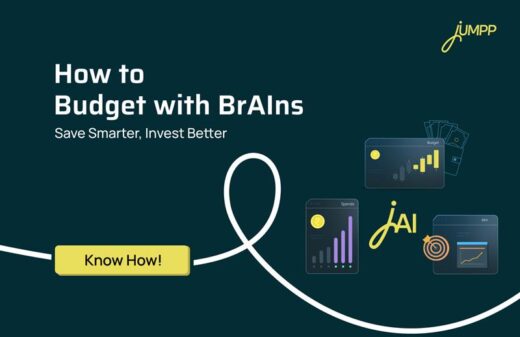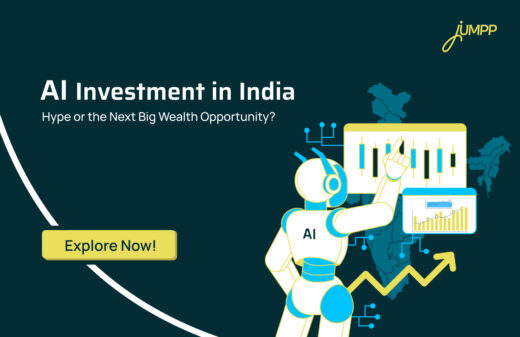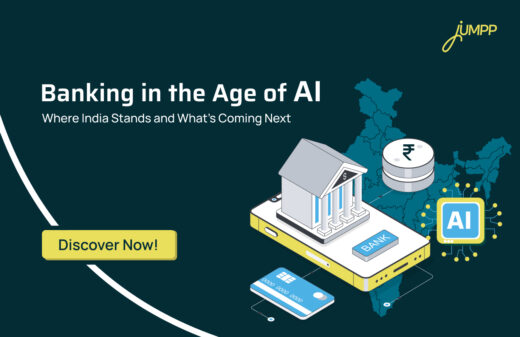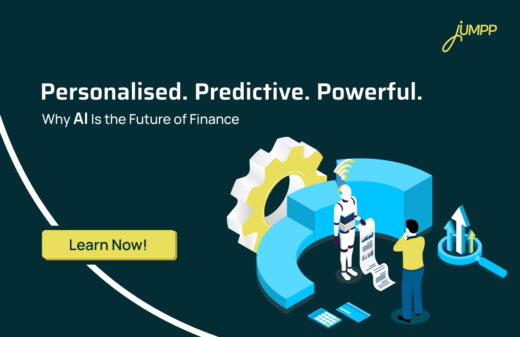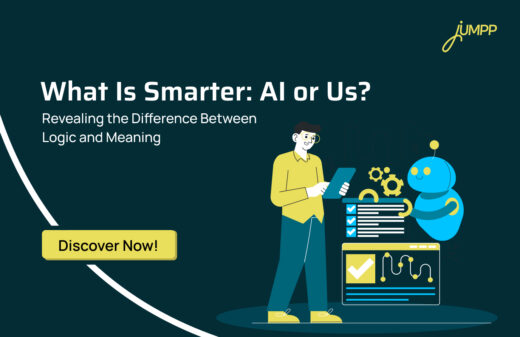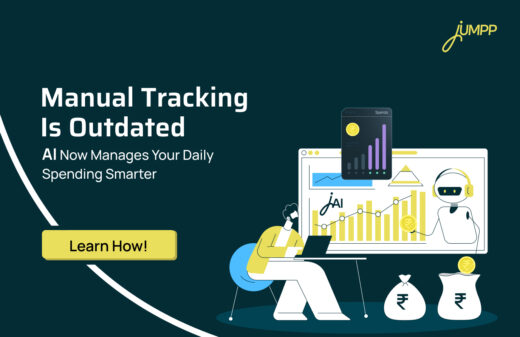Is Artificial Intelligence in Risk Management the Shield We Needed or a Risk Itself?
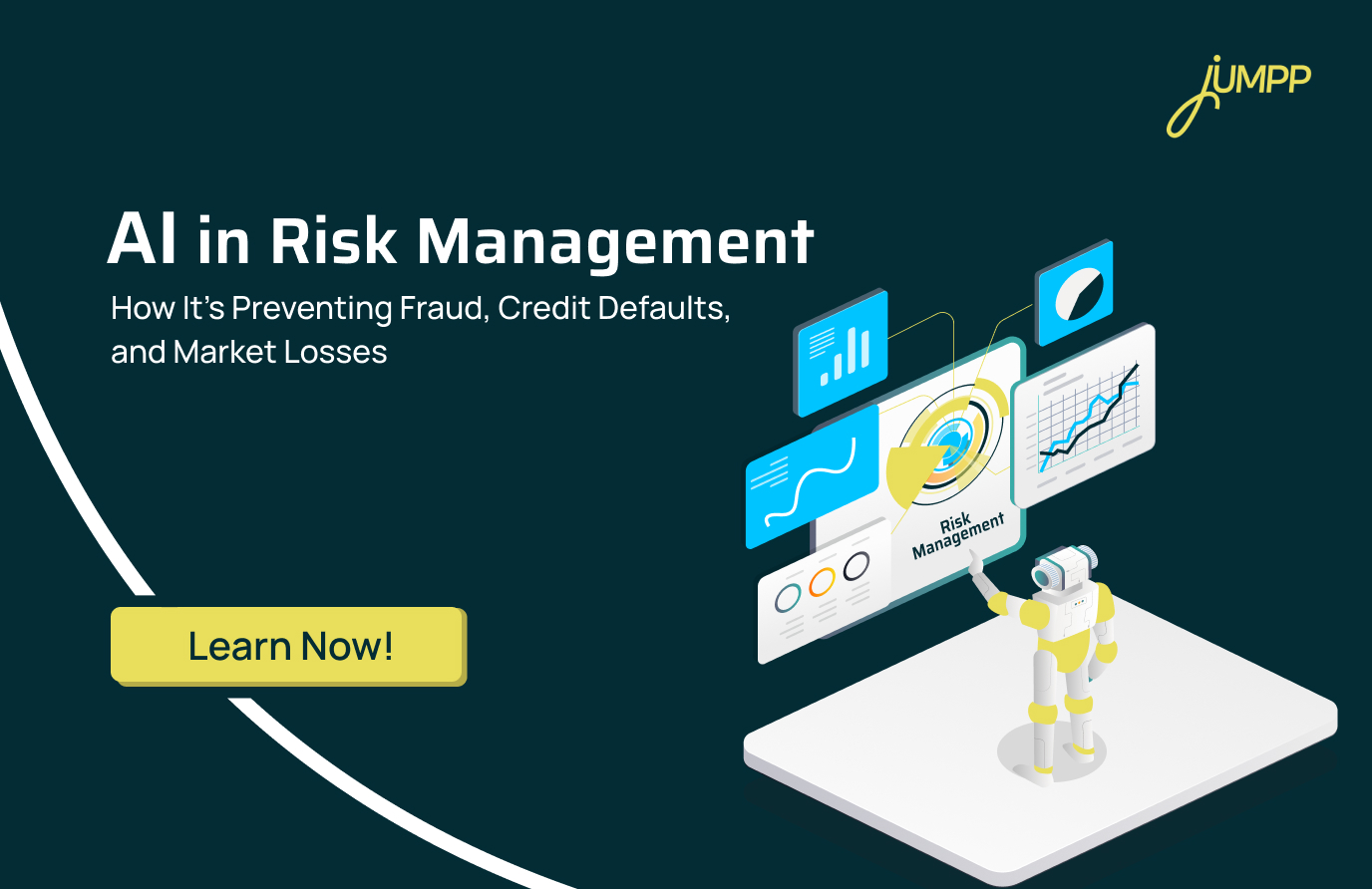
Every minute, banks across India deal with thousands of transactions, from EMI payments and UPI to credit card swipes. Now, what if one wrong transaction occurs and it goes unnoticed? It could be a fraud, a loan default, a cyberattack or a system error. It can cost crores. To handle situations like these, Artificial Intelligence in risk management is gaining importance.
AI in risk management spots unusual activity, predicts risks, and even prevents them before they happen. In a world where financial threats are growing, risk management AI has become essential. However, artificial intelligence in risk management is not limited only to finance, banks or insurance. It is being widely adopted across various industries
Now, what exactly is the procedure of this system, and what are the artificial intelligence benefits and risks?
Let’s see!
What is AI in Risk Management?
AI Risk Management is the process of using Artificial Intelligence tools and technologies to identify, evaluate, and reduce risks in real-time. Now, these risks can be related to finance, operations, cybersecurity, compliance, fraud, or more! It can be related to any industry across the world.
How does artificial intelligence actually work?
See, in order to save time, people are looking to automate tasks. So is the case with risk management. Instead of relying only on human judgment and historical data, risk management AI uses machine learning models, data analytics, and pattern recognition to give faster and smarter results.
AI risk management means,
- A bank can use AI to detect a suspicious credit card transaction instantly.
- A stock trading platform can flag unusual trading behaviour
- An insurance company can assess the risk profile of a customer using AI-based scoring rather than manual checks.
Why AI in Risk Management is the Need of the Hour
As AI adoption is increasing across industries, the risks linked to its use are also multiplying. This makes AI risk management important for the overall economy.
Today, AI is being used in writing, finance, banking, healthcare, manufacturing, and even in government systems. But most organisations still don’t fully understand or prepare for the hidden dangers of AI.
These risks can include biased decisions, data leaks, cyberattacks, unethical outcomes, or even system failures.
According to a recent study, 96% of business leaders believe that generative AI increases the risk of security breaches.
Yet, only 24% of such projects are currently secured. This clear gap shows that while companies are eager to use risk management AI, they are not doing enough to manage the dangers that come with it.
Without a proper AI risk management plan:
- Sensitive personal or financial data can be leaked or stolen
- AI systems might behave unpredictably or make wrong decisions
- Companies may face regulatory penalties or lawsuits
- Public trust and reputation can take a major hit
AI systems also learn from large amounts of data. If this data is biased, incomplete or manipulated, it can lead to harmful outcomes.
Moreover, AI attacks are becoming more advanced. These threats require proactive monitoring and regular checks, which traditional risk practices cannot handle alone.
In a country like India, where digital transformation is growing but data protection laws are still developing, putting AI risk management at the heart of AI deployment is essential.
Applications of AI in Risk Management in 2025
Here’s how AI is actively being used in risk management:
1. Credit risk modelling
Until a few years ago, banks used fixed models to predict if someone would repay a loan. Now, AI tools are in!
They consider payment habits, income stability, and even social behaviour.
For example, fintech platforms use AI to decide loan eligibility. This makes lending smarter, especially for people with thin credit histories.
2. Fraud detection
Multiple banks now use AI to track real-time transactions. AI systems can:
- flag unusually large transactions
- Catch suspicious login attempts
- spot transactions from unknown locations
This helps prevent fraud and protect customer data without needing manual monitoring.
3. Trader behaviour monitoring
AI tools like natural language processing are used to scan internal communication, call logs, and calendar activities. If there’s a chance of insider trading or unusual behaviour, the system can raise alerts in advance.
4. Insurance risk scoring
AI helps insurance companies assess risk more accurately. Instead of only using age or medical history, AI also looks at driving behaviour, lifestyle choices, and location data. This helps insurers offer fairer premiums and prevent fraud.
5. Market risk monitoring
AI risk management keeps track of news, social media trends, and global events that could affect stock markets. During events like budget announcements or geopolitical tensions, AI can warn traders of possible volatility, allowing them to react early.
6. Model risk management and stress testing
AI models are also used for stress testing financial portfolios and validating risk models, as required by global regulators. These processes help in planning for worst-case scenarios.
7. Supply chain disruption prediction
AI analyses weather forecasts, political events, port delays, and supplier performance data to predict potential supply chain breakdowns.
Manufacturers and retailers can then shift sourcing or adjust inventory to avoid losses.
8. Healthcare operational risk
Hospitals are using AI to forecast patient admission surges, detect medical equipment failures early, and even flag unusual prescription patterns. There are AI systems set to help answer user queries.
9. Energy grid stability monitoring
Power companies use AI to predict equipment failures, monitor renewable energy supply fluctuations, and manage demand peaks.
This prevents large-scale blackouts and reduces operational losses.
10. Cybersecurity threat prediction
Beyond finance, companies in IT, telecom, and e-commerce now use AI to detect unusual network traffic, phishing attempts, and ransomware patterns before they cause damage.
Artificial Intelligence Benefits and Risks
AI is making life easier, faster and smarter.
But while it helps us think better, are we thinking less ourselves?
Key Benefits of AI in Risk Management
Implementing AI in risk management improves the entire decision-making process.
a) Better forecasting accuracy
AI models can handle complex relationships between different risk factors, even in extreme scenarios. This makes risk forecasts more reliable than traditional models.
b) Smarter variable selection
AI saves time by automatically identifying important variables from huge datasets. This helps build more robust models for stress testing and forecasting without human guesswork.
c) Detailed data segmentation
AI helps in grouping customers or data into better segments. This ensures more accurate risk predictions. For example, loan defaulters can be identified based on behaviour rather than just income level or credit score.
d) Reduced operational costs
With less manual work, AI helps banks and financial institutions save money on compliance, audits, and fraud investigation processes.
e) Faster and accurate decisions
Whether it’s approving a loan or flagging fraud, AI enables real-time decision-making with high accuracy, especially under pressure.
f) Regulatory compliance
AI tools help organisations stay compliant by automatically tracking and reporting activities as per global regulations. This reduces the chances of legal penalties and enhances trust.
If you’re in finance, banking, insurance, or even fintech, the message is clear. AI in risk management is a smart and necessary investment.
Looking to see AI in action for your finances?
Try jAI — an AI-powered monthly budget planner app and expense tracker that helps you manage risks and take control of your money.
The Downsides of Relying Too Much on AI in Risk Management
While artificial intelligence in risk management offers speed and accuracy, over-dependence on it can backfire in several ways.
Like any tool, AI has its limits, and blindly trusting it can expose organisations to new types of risks.
1. Lack of human judgment
AI works on data and patterns, but it cannot understand context the way humans do. In high-stakes situations, human intervention is often needed to validate decisions, especially when ethical or emotional factors are involved.
2. Biased or incomplete data
AI learns from past data. If that data carries hidden biases or gaps, the system may make unfair or inaccurate predictions.
For example, a loan application might be rejected simply because the model hasn’t seen enough similar profiles before.
3. Overfitting and black-box models
Some AI models are so complex that even their creators can’t fully explain how they make decisions.
This “black-box” behaviour can make it difficult to identify errors or justify a model’s decisions to regulators or stakeholders.
4. Systemic risk during AI failure
In case of a glitch, cyberattack, or model error, AI systems can misfire at scale. A single faulty algorithm can trigger mass loan rejections, wrong stock trades, or security breaches in minutes.
5. Reduced human expertise over time
As organisations automate more processes, employees may lose touch with critical thinking and risk analysis skills. Over time, this could weaken the institution’s ability to handle new or unexpected threats manually.
6. Difficulty in adapting to sudden change
AI models are trained on historical data, which may not always prepare them for unexpected market events like a war, pandemic, or a sudden crash. In such moments, human judgment and crisis response become essential.
India’s AI Risk Management Market
- The AI in risk management market in India is expected to grow at a 32% CAGR between 2023 and 2030.
- Over 65% of Indian banks and NBFCs are already using some form of AI for fraud detection and credit risk assessment.
- A recent PwC India report showed that 70% of Indian CEOs believe AI will play a major role in risk reduction over the next 5 years.
Final Thoughts
Artificial Intelligence in risk management is transforming how companies, especially in finance and insurance, manage uncertainty. Whether it’s intelligent risk management through fraud alerts or market monitoring, AI is making risk prediction more efficient.
However, the right mix of AI tools and human oversight is the best way forward.
Want to understand how AI compares to human thinking?
Check out our blog on Artificial Intelligence vs Human Intelligence to learn more.
AI Risk Management- FAQs
AI is actively integrated into risk systems to automate detection, prediction, and mitigation processes. It helps institutions handle vast data and make faster, data-driven risk decisions.
AI processes structured and unstructured data to identify hidden patterns and risk factors. You can use it to enhance accuracy in scoring credit, fraud, operational, and market risks.
AI helps project managers identify potential delays, budget overruns, process defaults, or resource gaps. It analyses past project data and real-time inputs to flag risks early.
Banks use AI for credit scoring, fraud detection, compliance tracking, and loan underwriting. It improves decision-making while reducing manual effort and operational costs.
AI algorithms analyse historical data, daily stock movement, news, and market trends to make automated trade decisions. It powers high-frequency trading and portfolio optimisation.
AI can track global news, social sentiment, and real-time data to detect volatility triggers. It helps risk teams prepare for market shifts before they impact portfolios.
AI can identify patterns and short-term trends in stock prices based on past data. However, it cannot guarantee future performance due to market unpredictability. You must always do your research.
AI systems can malfunction due to faulty data, model errors, or unexpected market events. There is also a risk of herd behaviour if many systems act on similar signals.

